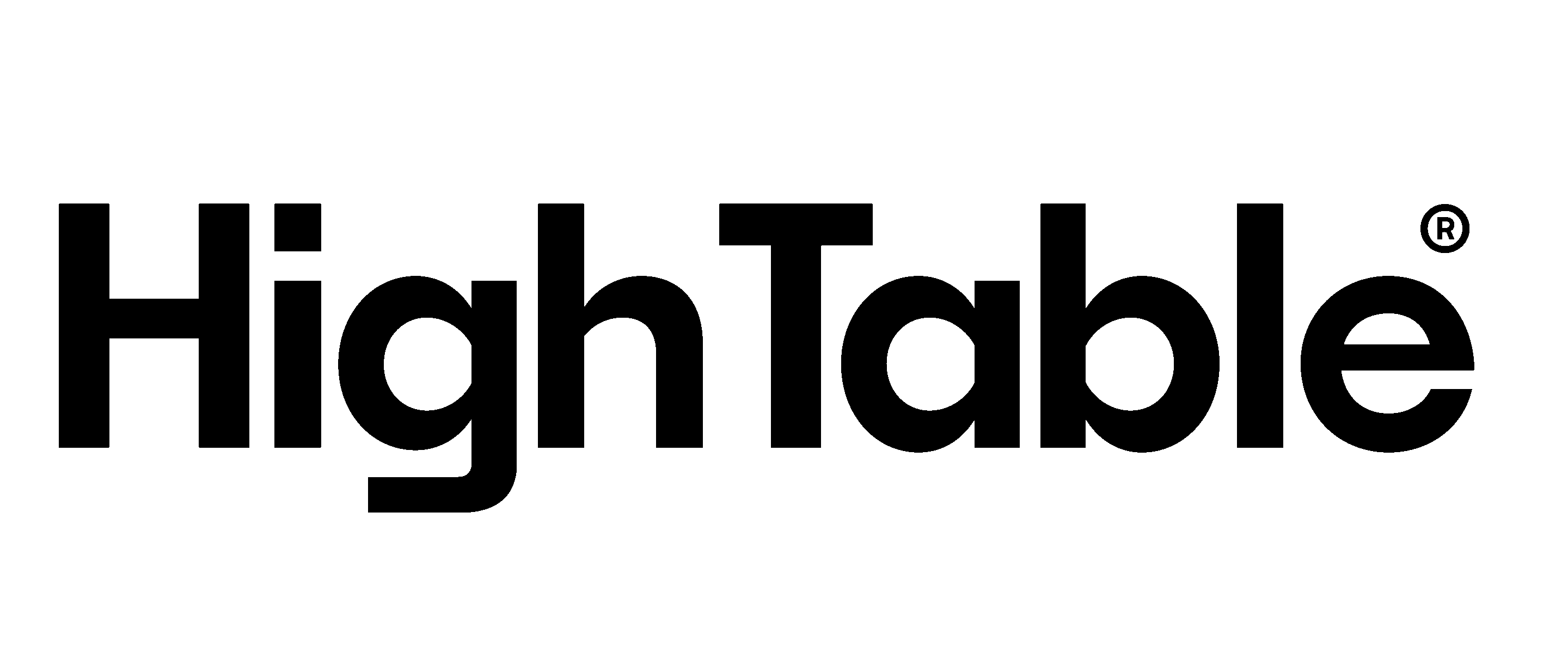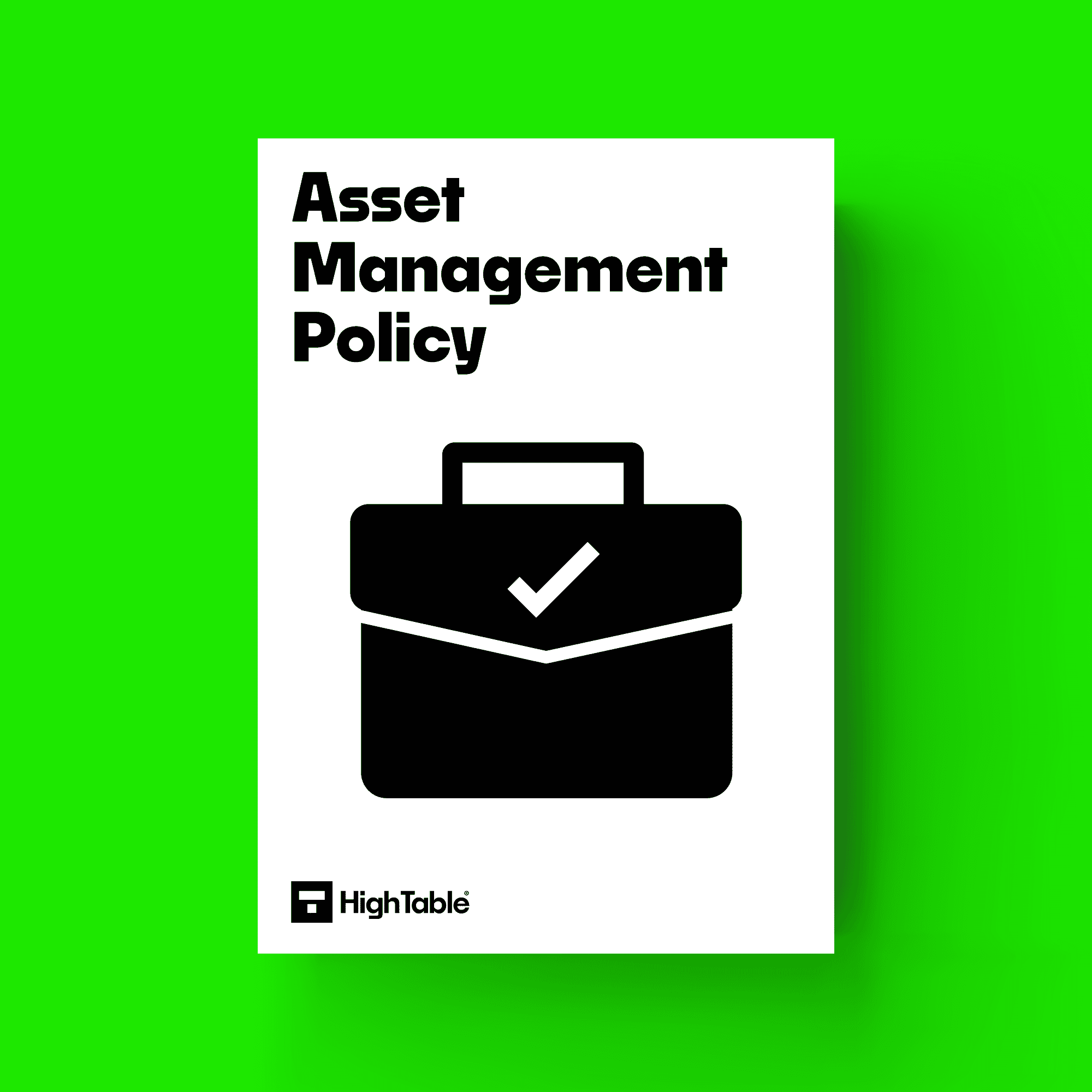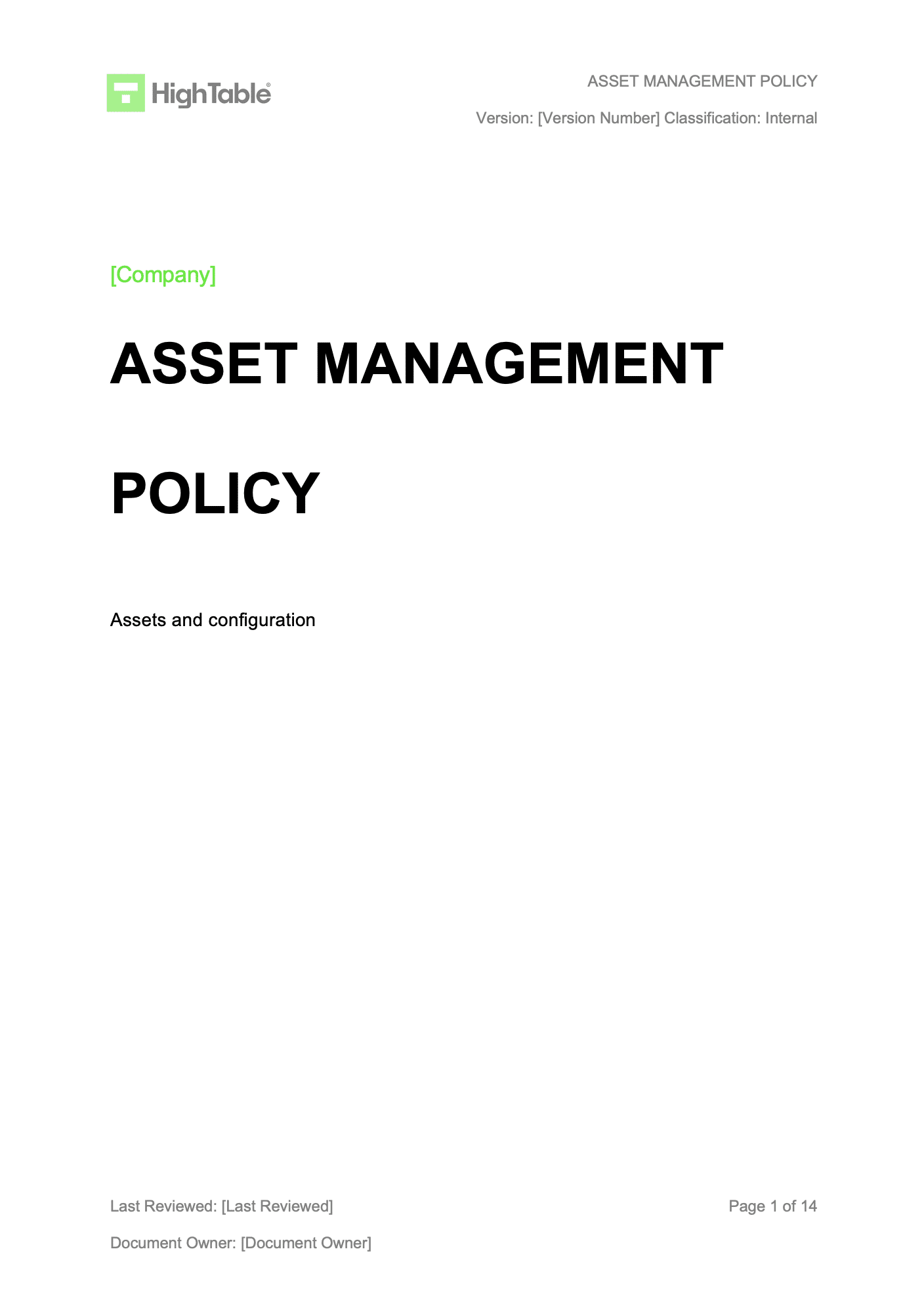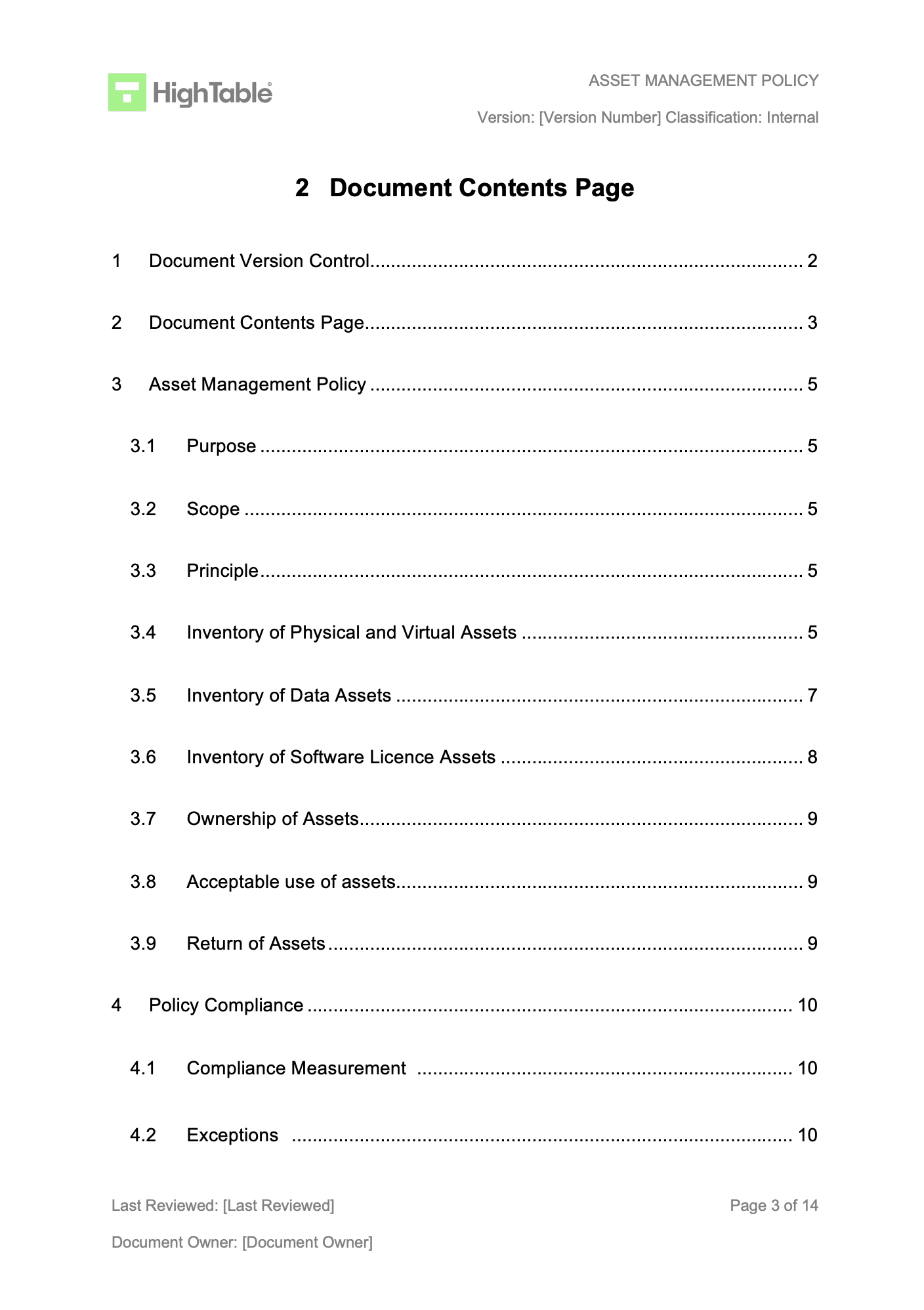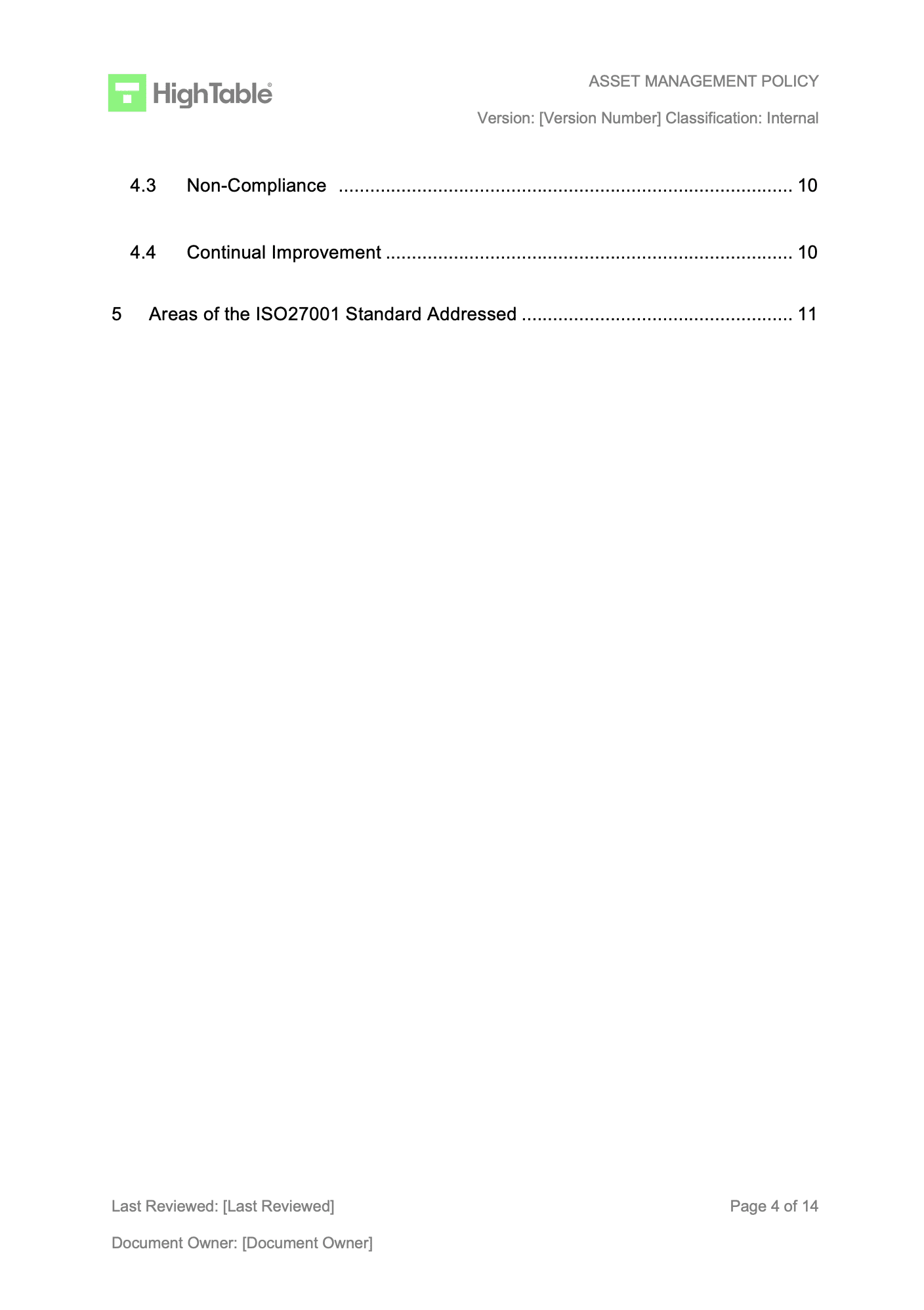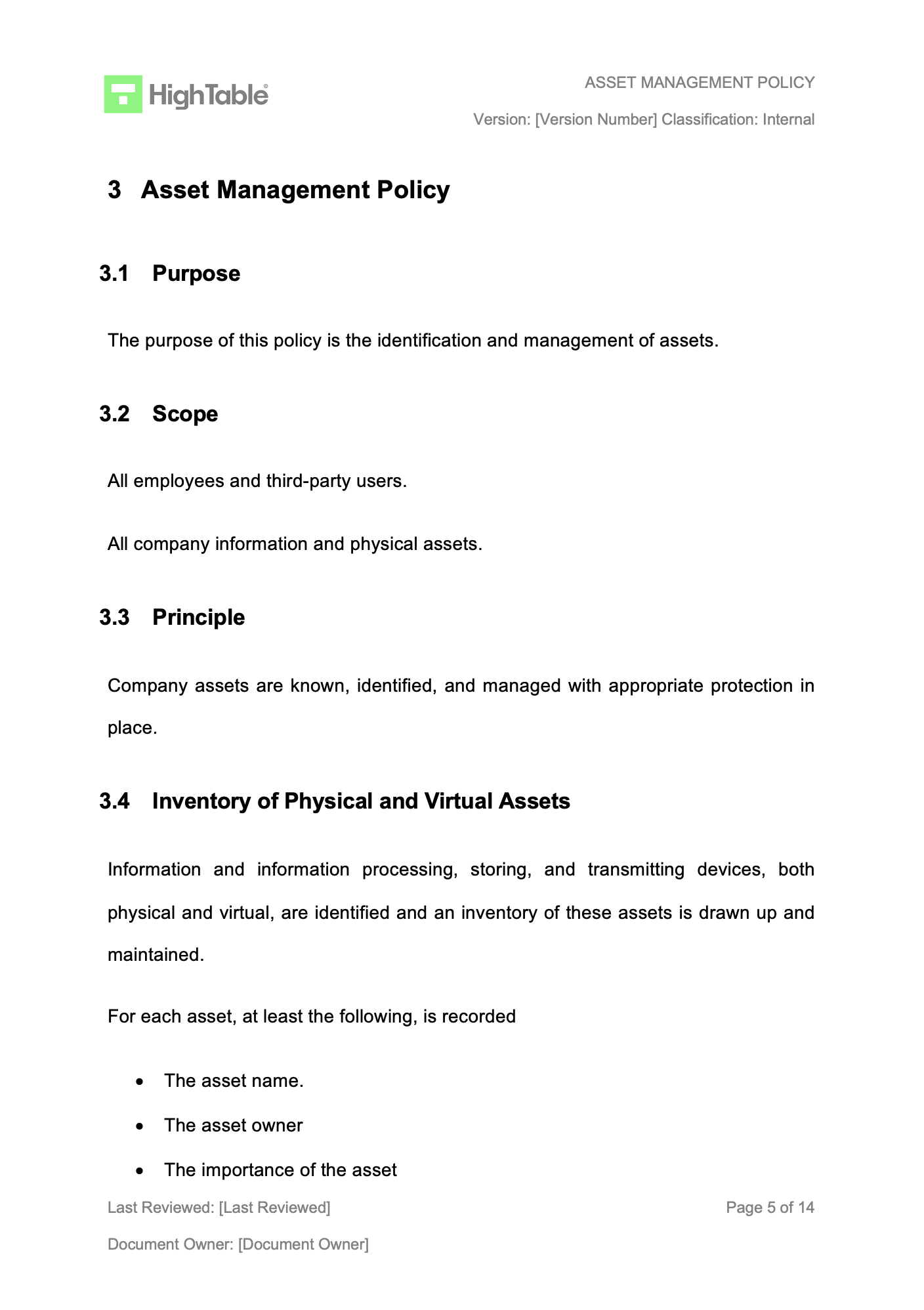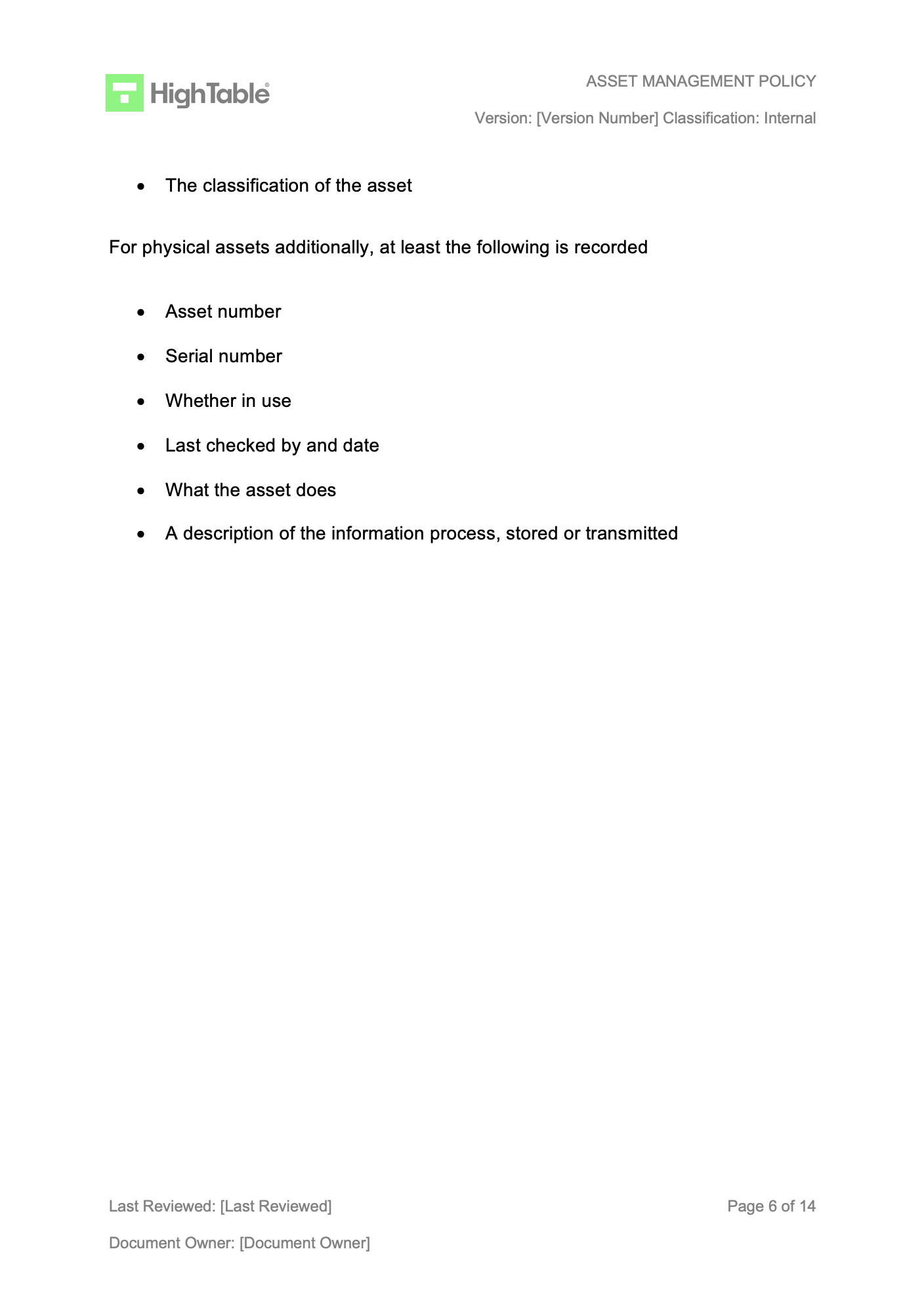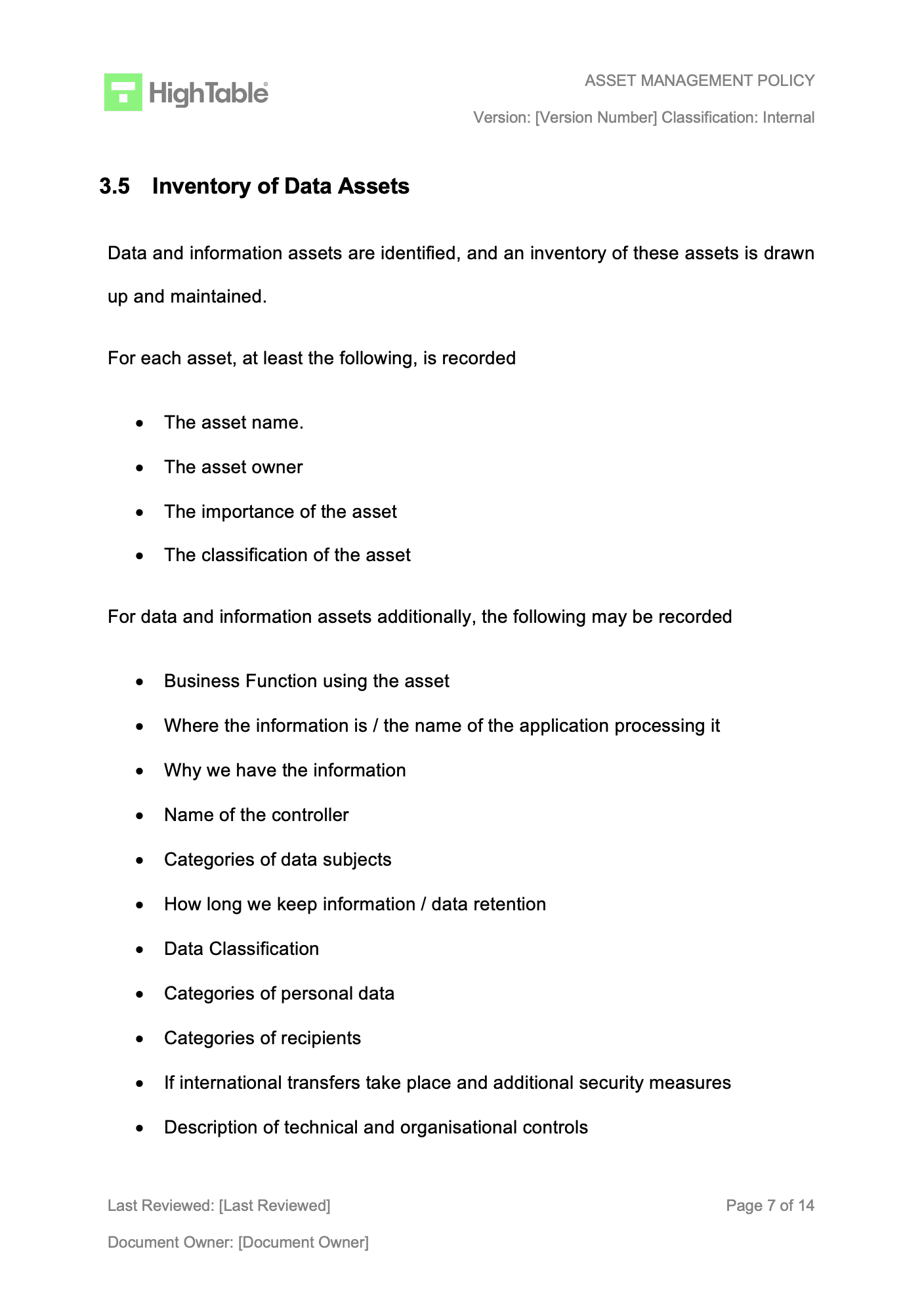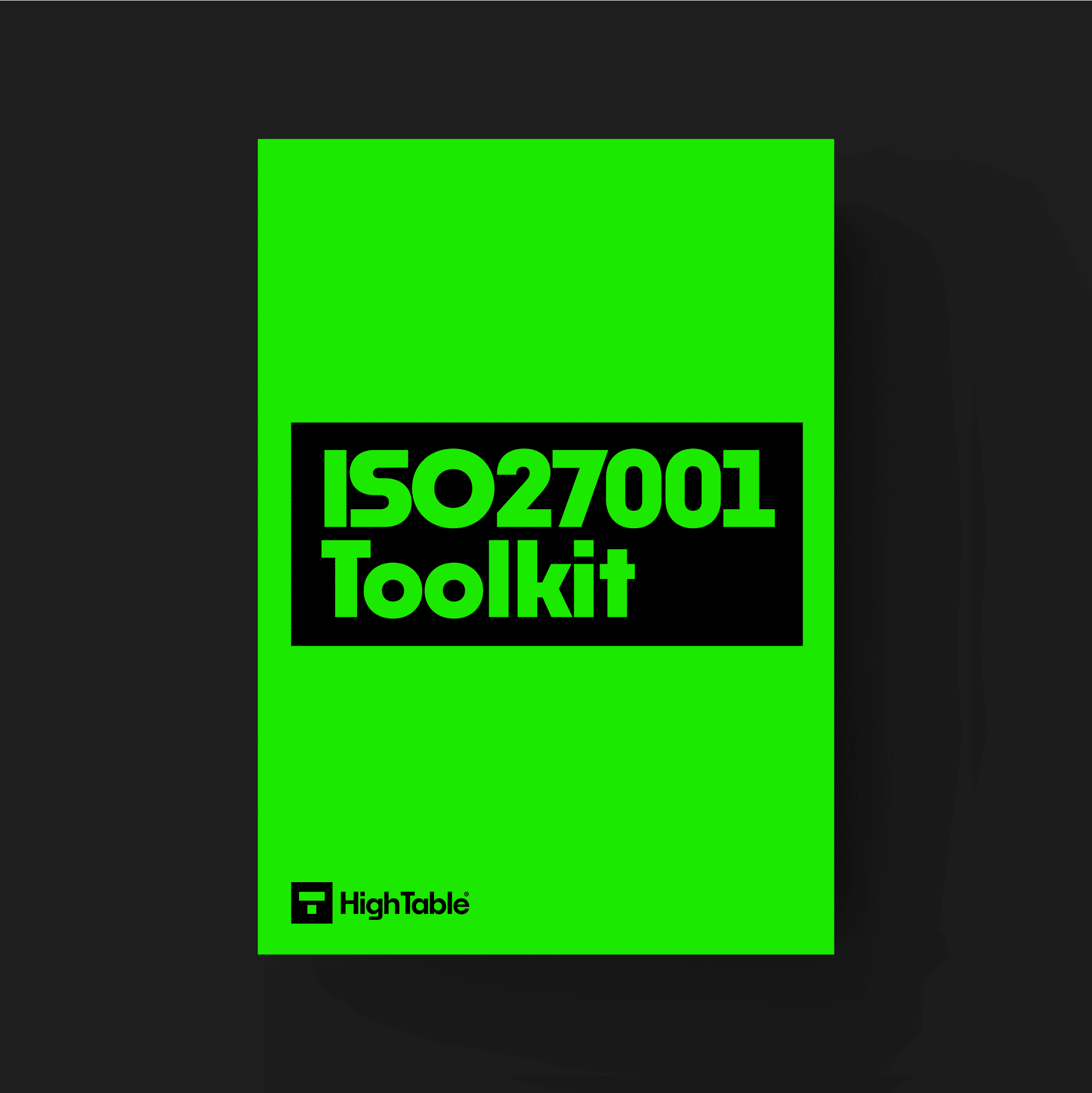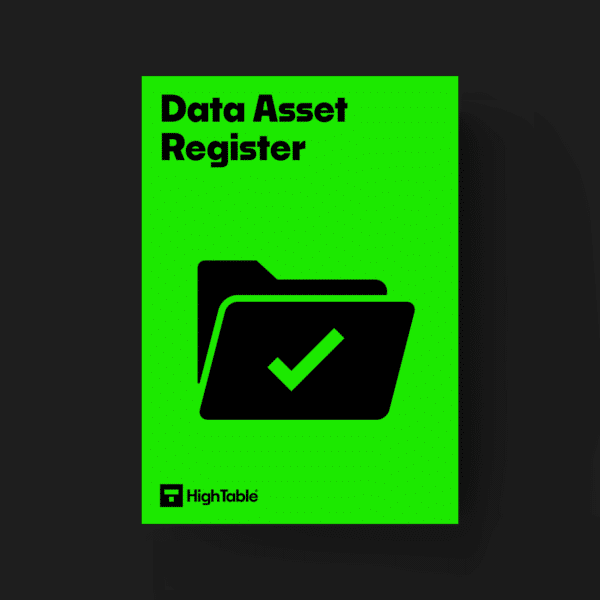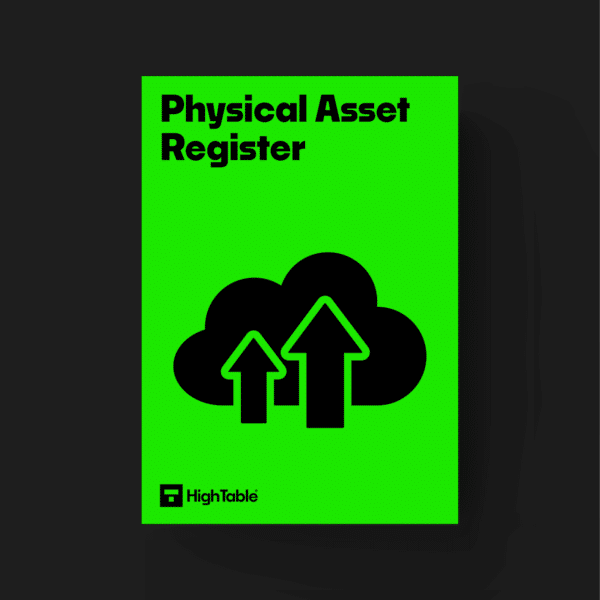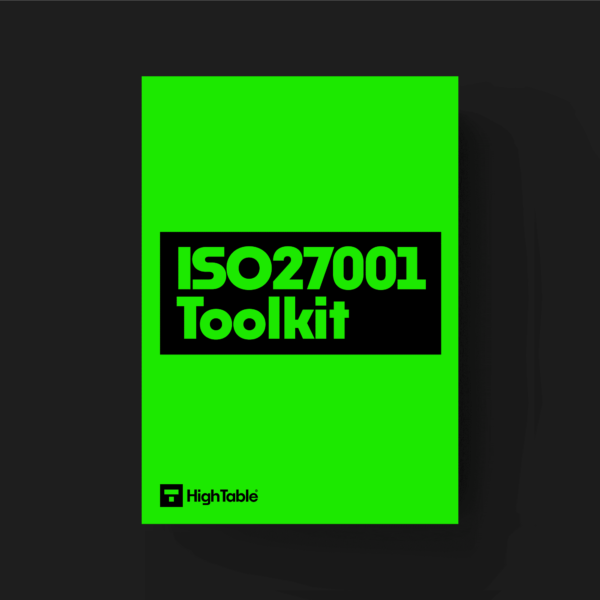What Is an Asset Management Policy Template?
It’s a comprehensive, pre-written document that lays out the rules for how your company handles its assets. An asset can be anything of value, whether it’s tangible, like a company phone, or intangible, like software licenses or your customer data. This template makes it easy for you to create your own policy, ensuring everything is accounted for, protected, and used correctly. You can read a full guide in the ISO 27001 Asset Management Policy Explained.
Who Can Use This Template?
You might be surprised how widely this template can be applied. It’s not just for big corporations!
-
Small Businesses: You can use it to track and protect your essential equipment and data, preventing loss and misuse.
-
Tech Startups: It helps you manage your valuable intellectual property (IP), software, and customer data, which are your most important assets.
-
AI Companies: You can use it to secure your unique algorithms, large datasets, and expensive hardware, all of which are critical to your success.
Why Do You Need It?
You need an asset management policy to protect your business. It helps you:
- Prevent loss and theft: By tracking all your assets, you can reduce the risk of them going missing.
- Ensure compliance: Many regulations, like GDPR, require you to have a clear process for handling data and other assets.
- Improve efficiency: When you know exactly what you have and where it is, you can manage it better.
- Increase security: It helps you define security measures for your most critical assets, like sensitive data.
When Should You Use This Template?
You should start using this template as soon as your business has assets to protect. The earlier, the better! You need it especially when you:
- Hire new employees: So they know how to handle company property.
- Acquire new technology: To ensure it’s tracked and secured correctly.
- Seek certification: For standards like ISO 27001, which require a formal asset management policy.
Where Do You Use an Asset Management Policy?
This policy is used internally within your company. You’ll use it in all departments, from IT to HR, to guide how employees use and protect company property. It becomes a foundational document that everyone in your organisation should be aware of and follow.
How Do You Write It?
This template makes it super easy! You don’t have to start from scratch. You simply:
- Fill in the blanks: Add your company’s name, key contacts, and specific details.
- Customise the rules: Adapt the pre-written sections to fit your unique business needs.
- Define asset types: Clearly list what you consider an asset (e.g., laptops, servers, software).
- Outline responsibilities: Specify who is responsible for what, from asset tracking to disposal.
How Do You Implement It?
Once you’ve filled out the template, it’s time to put it into action.
- Communicate it: Share the policy with all your employees and explain its importance.
- Train your team: Teach everyone how to follow the rules, especially new hires.
- Set up a system: Create a way to track your assets, whether with a spreadsheet or a dedicated tool.
- Review and update: Periodically check your policy to ensure it’s still relevant and effective.
How Can the ISO 27001 Toolkit Help?
If you’re aiming for ISO 27001 Certification, an Asset Management Policy Template is a crucial part of the process. The ISO 27001 toolkit provides a complete set of documents, including this template, that you need to meet the standard’s requirements. It saves you time and ensures you don’t miss any critical steps. It essentially gives you a head start on your certification journey.
What Information Security Standards Require an Asset Management Policy?
Many standards and regulations require you to have a solid asset management plan. The most prominent one is ISO 27001:2022. This international standard for information security management systems (ISMS) requires you to identify, protect, and manage your information assets. Without a policy, you can’t be certified. Other standards that need it include:
- CCPA (California Consumer Privacy Act)
- DORA (Digital Operational Resilience Act)
- NIS2 (Network and Information Security (NIS) Directive)
- SOC 2 (Service Organisation Control 2)
- NIST (National Institute of Standards and Technology)
- HIPAA (Health Insurance Portability and Accountability Act)
- GDPR (General Data Protection Regulation)
Relevant ISO 27001:2022 Controls
The ISO 27001 standard has specific controls that relate to asset management. Here are a few key ones:
- ISO 27001:2022 Annex A 5.9 Inventory of information and other associated assets
- ISO 27001:2022 Annex A 5.10 Acceptable use of information and other associated assets
- ISO 27001:2022 Annex A 5.11 Return of assets
- ISO 27001:2022 Annex A 7.9 Security of assets off-premises
Asset Management Policy Template FAQ
What is the ISO 27001 Asset Management Policy Template?
It’s a pre-written document that organisations can use to establish their policy for managing information assets, aligning with the requirements of the ISO 27001 standard. It defines how assets are identified, classified, and protected.
Is it a legal requirement?
It’s not always a direct legal requirement, but it’s essential for meeting compliance standards like ISO 27001 and GDPR.
Why do I need an Asset Management Policy for ISO 27001?
ISO 27001 requires organisations to have a documented process for asset management (The Ultimate Guide to ISO 27001:2022 Annex A 5.9 Inventory Of Information And Other Associated Assets). The policy is a foundational document that sets the rules and responsibilities for protecting information assets, which is crucial for achieving certification.
What types of assets does the template cover?
The template typically covers a wide range of information assets, including:
- Information: Databases, documents, intellectual property, contracts.
- Software: Applications, operating systems, source code.
- Physical assets: Servers, laptops, mobile devices, networking equipment.
- Services: Cloud services, outsourced services.
- People: Knowledge, skills, and experience (as they relate to information).
Is the template a complete solution for ISO 27001?
No, it’s a part of a larger set of documentation required for ISO 27001. You’ll also need a Statement of Applicability (SoA), risk assessment documentation, procedures, and other policies. The template is a starting point for one specific area.
How do I customise the template for my organisation?
You need to tailor the template to your specific needs. This involves:
- Adding your company name and details.
- Defining your asset classification scheme (e.g., Public, Internal, Confidential).
- Specifying roles and responsibilities for asset owners and users.
- Adjusting the policy statements to reflect your actual security controls and risk appetite.
Is the template suitable for small businesses?
Yes. The template can be scaled to fit organisations of any size. For a small business, the roles and responsibilities might be assigned to fewer people, but the core principles remain the same.
Can a small business really use this?
Yes! It’s designed to be simple and adaptable for businesses of any size.
What are the key benefits of using this template?
- Efficiency: Saves time and effort compared to creating a policy from scratch.
- Compliance: Ensures you cover all the key requirements of ISO 27001 control A.8.1.
- Clarity: Provides a structured and professional framework for your asset management program.
- Improved Security: Helps to identify and protect your most critical information assets.
Is the template customisable?
Yes, you can easily edit all parts of the document to fit your needs.
Is this template suitable for a non-tech company?
Absolutely! It’s for any business that wants to protect its valuable assets, from a small bakery to a large law firm.
